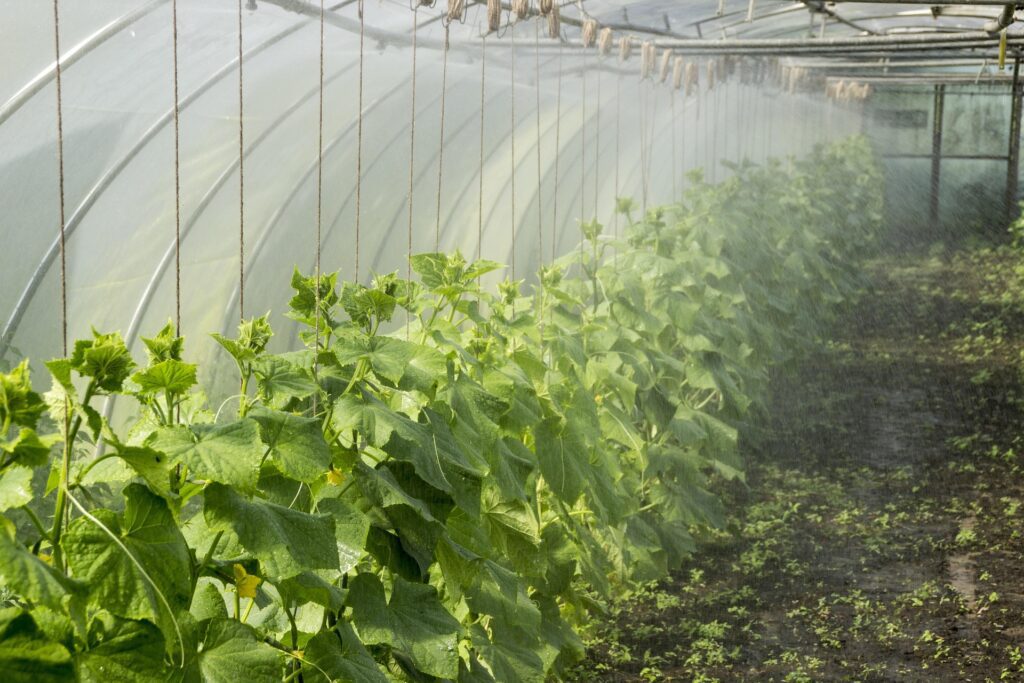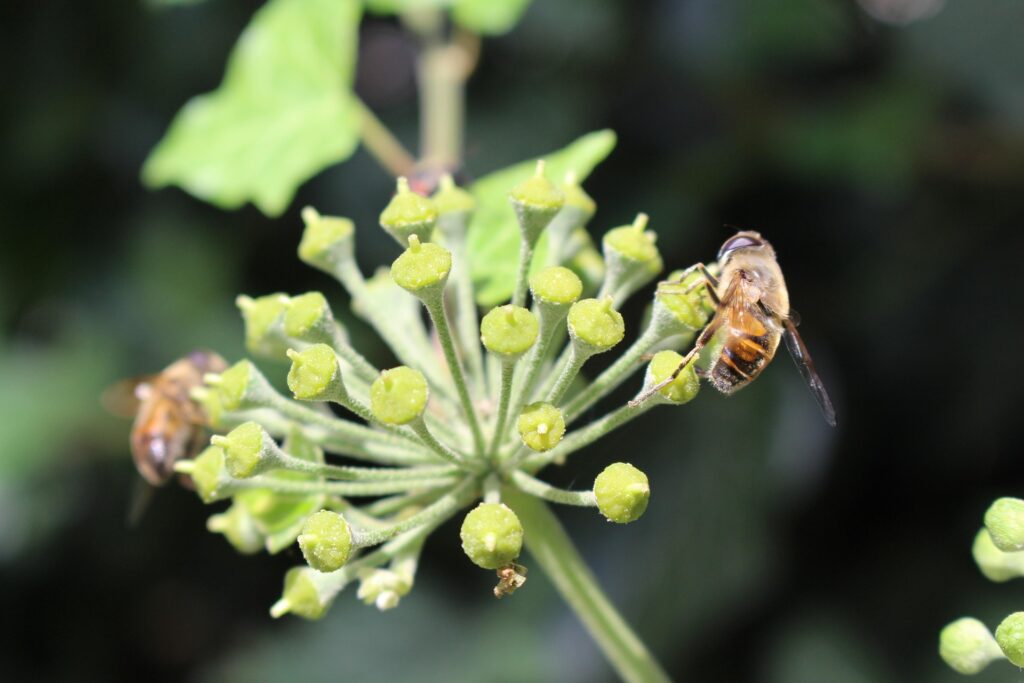Table of Contents
Introduction
In a world increasingly concerned with sustainability, environmental degradation, and food security, permaculture farming stands out as a holistic solution. Defined as a sustainable agricultural system that mimics natural ecosystems, permaculture is not merely a method of farming; it embodies a philosophy of living harmoniously with the environment. This blog will explore how embracing permaculture can lead to both personal fulfillment and professional success. By understanding its principles, benefits, challenges, and future potential, individuals can see how permaculture offers a pathway to sustainable living and meaningful careers.Embracing Permaculture Farming

1. Understanding Permaculture Farming
What is Permaculture?
Permaculture is a portmanteau of “permanent” and “agriculture,” reflecting its foundational goal: to create agricultural systems that are sustainable and self-sufficient over the long term. At its core, permaculture is about designing landscapes that mimic the patterns and relationships found in natural ecosystems. This approach emphasizes:Embracing Permaculture Farming
- Working with Nature: Instead of fighting against natural processes, permaculture encourages farmers to understand and work with them. This includes using native plants, understanding local climate conditions, and employing techniques that enhance natural biodiversity.
- Diversity: A diverse ecosystem is more resilient. Permaculture promotes polyculture (growing multiple crops together) rather than monoculture (growing a single crop), which can lead to greater yields and reduced vulnerability to pests and diseases.
- Self-Sufficiency: Permaculture systems aim for closed-loop systems where waste is minimized, and resources are recycled within the ecosystem. This reduces reliance on external inputs like chemical fertilizers and pesticides.
Historical Context
Permaculture was developed in the 1970s by Bill Mollison and David Holmgren in Australia as a response to conventional agricultural practices that were often unsustainable and damaging to the environment. Their work laid the foundation for what would become a global movement advocating for sustainable agriculture.Over the years, permaculture has evolved, incorporating insights from various disciplines such as ecology, agroforestry, and organic farming. Today, it encompasses a wide range of practices tailored to different climates and cultures, making it adaptable to local conditions worldwide.
2. Benefits of Permaculture Farming
Environmental Benefits
Permaculture farming offers numerous environmental advantages:
- Promotion of Biodiversity: By integrating various plants and animals into farming systems, permaculture enhances biodiversity. This diversity not only supports ecosystem health but also provides habitats for beneficial insects and wildlife.
- Reduction in Chemical Usage: Traditional agriculture often relies heavily on chemical fertilizers and pesticides, which can lead to soil degradation and water pollution. Permaculture minimizes or eliminates the need for these chemicals by using natural methods such as companion planting (growing plants together that benefit each other) and organic pest control.
- Improved Soil Health: Permaculture practices such as composting, mulching, and cover cropping enhance soil fertility and structure. Healthy soil retains moisture better, reducing the need for irrigation while supporting robust plant growth.Embracing Permaculture Farming
- Water Conservation Techniques: Techniques like swales (shallow trenches) help manage water runoff and promote infiltration into the soil. By capturing rainwater effectively, permaculture systems can reduce water usage significantly.Embracing Permaculture Farming


Economic Advantages
Permaculture can also be economically beneficial:
- Cost-Effectiveness: While the initial setup may require investment in time and resources, permaculture systems can be more cost-effective in the long run due to reduced reliance on external inputs like fertilizers and pesticides.
- Increased Self-Sufficiency: By growing their own food and creating closed-loop systems, farmers can reduce their dependence on commercial agricultural products. This self-sufficiency can lead to significant savings over time.
- Market Opportunities: As consumer demand for organic and sustainably produced food increases, permaculture farms can tap into niche markets that offer premium prices for their products.Embracing Permaculture Farming
Social Impact
The social benefits of permaculture extend beyond individual farms:
- Building Community Resilience: Permaculture encourages local food systems that strengthen community ties. By sourcing food locally, communities can become more resilient to economic fluctuations or supply chain disruptions.
- Enhancing Food Security: With an emphasis on diverse cropping systems, permaculture can contribute to food security by providing a steady supply of nutritious food throughout the year.
3. Personal Development through Permaculture
Skills Acquired
Engaging in permaculture farming fosters a wide range of practical skills:Embracing Permaculture Farming
- Gardening Skills: Individuals learn how to cultivate various plants effectively while understanding their ecological relationships.
- Composting Knowledge: Mastering composting techniques helps recycle organic waste into valuable soil amendments.
- Resource Management: Permaculturists develop skills in managing water resources efficiently through techniques like rainwater harvesting.
Mindset Shift
Embracing permaculture often leads to a significant shift in mindset:
- Holistic View of Agriculture: Instead of seeing farming as a separate activity from nature, practitioners learn to view agriculture as part of an interconnected system that includes soil health, biodiversity, water management, and community well-being.
- Fostering Patience and Resilience: Permaculture requires patience as ecosystems take time to establish themselves. Practitioners learn resilience by adapting their strategies based on observations of what works best in their specific environment.Embracing Permaculture Farming
4. Professional Opportunities in Permaculture
Career Paths
The rise of interest in sustainable agriculture has led to diverse career opportunities within the realm of permaculture:
- Permaculture Designer: These professionals create sustainable land-use plans based on permaculture principles tailored to specific sites.
- Educator or Consultant: Individuals can work as educators or consultants, teaching others about permaculture practices through workshops or community programs.
- Urban Farmer: With increasing urbanization, urban farmers implementing permaculture techniques are becoming more common in cities seeking local food solutions.


Education and Training
While passion for sustainability is essential, formal education can enhance career prospects:
- Permaculture Design Certificate (PDC): Many aspiring practitioners pursue a PDC course that covers the principles of permaculture design over several days or weeks of intensive study.
- Workshops and Internships: Hands-on experience through internships on established permaculture farms or participation in workshops provides invaluable practical knowledge.Embracing Permaculture Farming
5. Challenges in Permaculture Farming
Common Obstacles
Despite its many benefits, there are challenges associated with permaculture:
- Initial Setup Costs: Establishing a permaculture system may require upfront investments in infrastructure such as raised beds or irrigation systems.
- Labor Intensive Practices: Some permaculture methods can be labor-intensive initially as they rely on manual labor rather than machinery.
Long-Term Commitment
Permaculture requires ongoing commitment:
- Continuous Learning: The field is constantly evolving; practitioners must remain open to new ideas and willing to adapt their practices based on what they learn from experience or research findings.Embracing Permaculture Farming
6. The Future of Permaculture Farming
Emerging Trends
The future looks promising for permaculture as awareness grows regarding sustainable practices:
- Sustainable Practices Gaining Popularity: As climate change impacts agriculture globally, more farmers are exploring sustainable methods like permaculture as viable alternatives.
- Integration of Technology: Innovations such as data collection tools help farmers optimize resource management while maintaining ecological balance within their systems—creating opportunities for collaboration between tech developers and agricultural practitioners.
- Community Initiatives: Growing interest in local food movements is leading communities toward adopting permacultural principles—fostering collaboration among residents who want access fresh produce while supporting local economies!Embracing Permaculture Farming


Global Impact
Permaculture has potential implications beyond individual farms:
- Addressing Global Food Security Challenges: As populations rise globally alongside environmental degradation threats—permaculture offers solutions rooted sustainability—providing nutritious food while protecting ecosystems!Embracing Permaculture Farming
Conclusion
Embracing permaculture farming presents an exciting opportunity for personal fulfillment alongside professional success! By understanding its principles—recognizing its environmental benefits—developing essential skills—and navigating challenges effectively—individuals can find rewarding careers contributing positively towards society while achieving personal satisfaction!Embracing Permaculture Farming
As we move forward into an ever-evolving landscape shaped by technological advancements alongside environmental considerations—now is an ideal time for those considering pursuing paths within this vital sector! Whether you’re passionate about design work or education—the world of permaculture offers pathways toward making meaningful contributions while fostering professional growth!Embracing Permaculture Farming